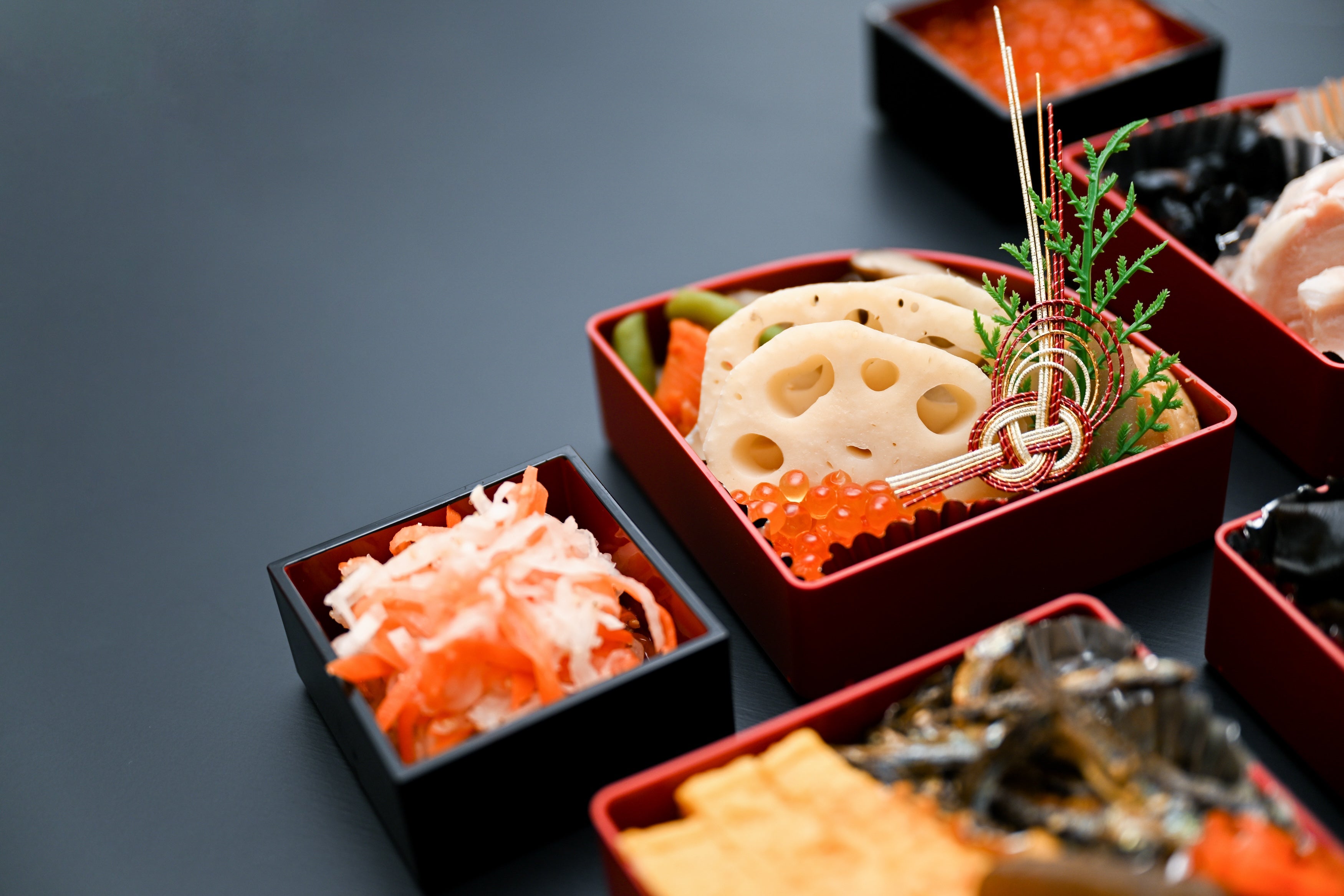

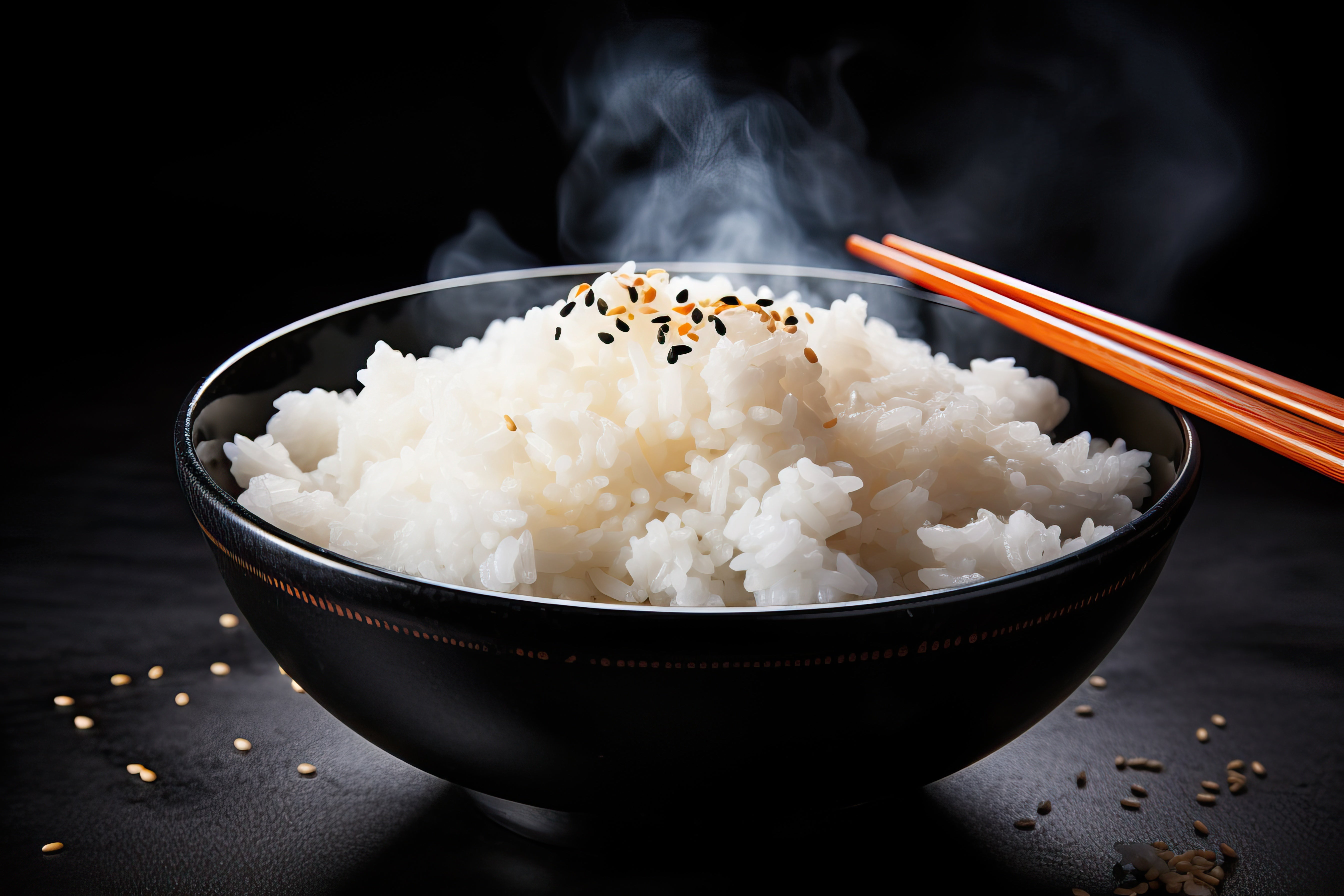

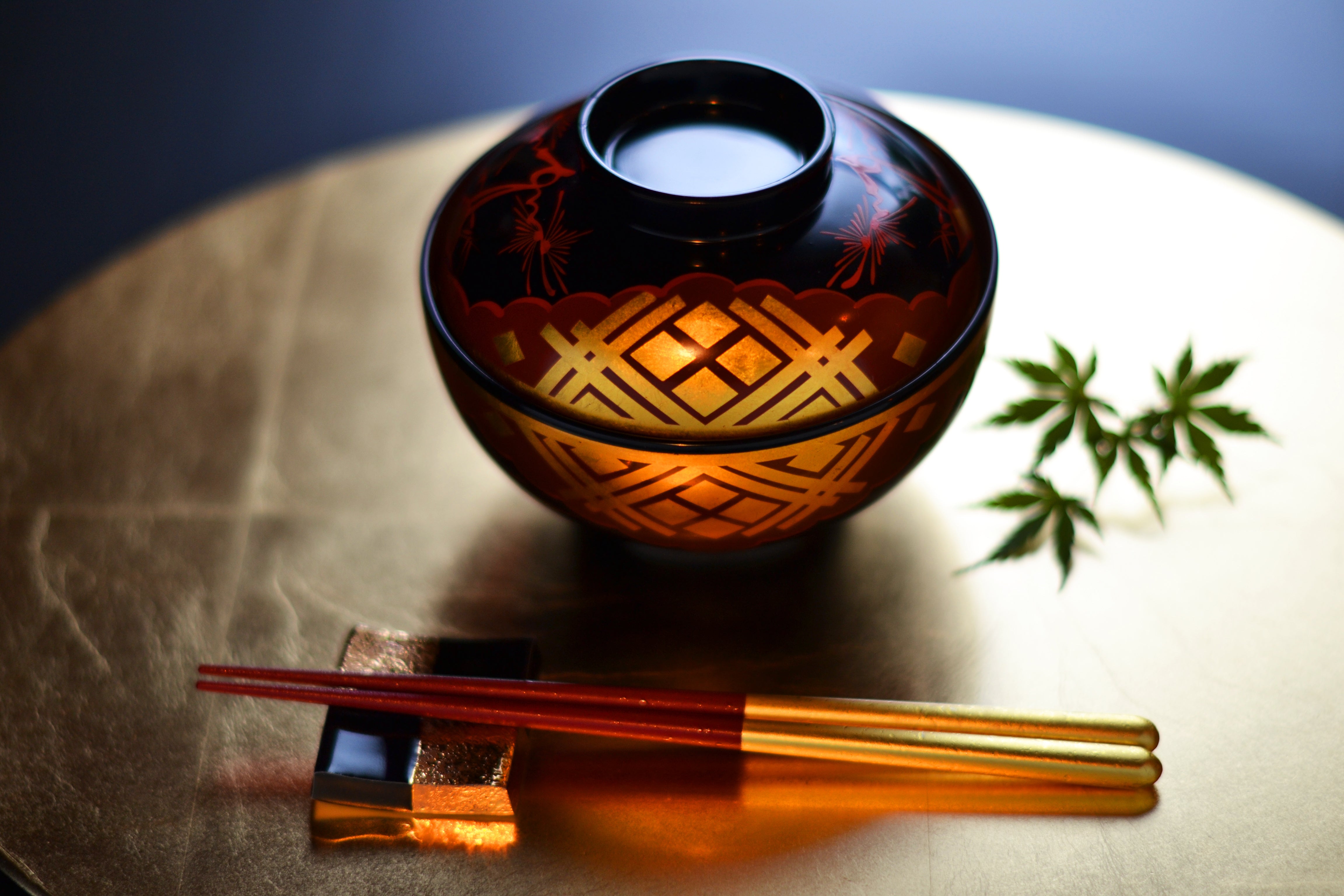



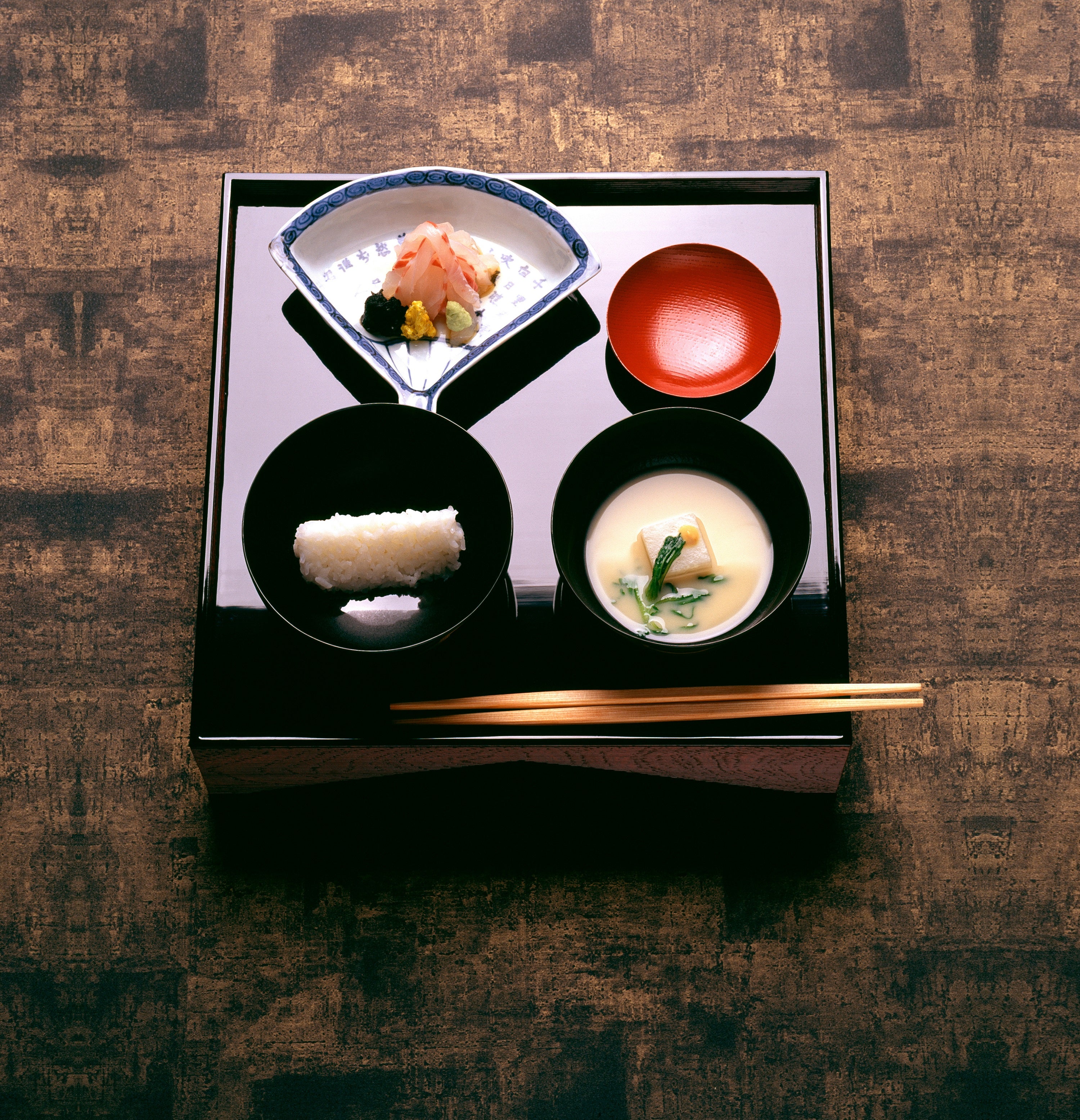

Riceye Rice Cultivars
Beyond its role as a staple, rice in Japan is a cultural cornerstone, a part of culinary artistry, and a testament to meticulous craftsmanship. Just like it is with tea, wine, fruits and many other agricultural products, in the family of rice there is also a wide range of different varieties, each with a unique expression of flavor, texture, and tradition.
This article explores the distinctive characteristics that define the rice cultivars in our portfolio. Join us in this exploration of taste, heritage, and the culinary legacy that is deeply woven into the fabric of Japanese life.
Koshihikari - Koshihikari is one of the most esteemed and widely cultivated rice varieties in Japan. It is a high-quality, early maturing variety with excellent taste, texture and versatility in culinary uses.
Mizukagami - Mizukagami is an early maturing variety that is resistant to summer heat and has stable quality. When uncooked, these grains slightly resemble clear water, giving rise to the name "Mizukagami," which means "water mirror." Its unique appearance and delightful flavor make it a hidden gem in the world of Japanese rice varieties.
Aki no Uta - “Aki no Uta”, translating to "Autumn Song", is a distinctive Japanese rice cultivar known for its unique taste and aroma. It holds cultural importance, evoking feelings of nostalgia and reverence for the autumn season. Shiga Prefecture is the no.1 producer of Aki no Uta in Japan.
Kinuhikari - Kinuhikari is a popular and well-regarded Japanese rice cultivated from the Koshihikari rice variety. It is an early maturing variety with a good taste that inherits the characteristics of Koshihikari.
Milky Queen - Milky Queen is a rice that has inherited the genes of Koshihikari, and its deliciousness is a result of its parentage. Persistently popular due to its unique texture, aroma, and sweetness.
|
Cooking
Most Japanese rice is best cooked using the steaming method: Rinse the rice under cold water until the water is clear. In a pot (with a lid) add the rice and water. For Japanese rice, the standard ratio is typically 1 part rice to 1.1 to 1.2 parts water. Bring it to a boil over medium heat, then reduce the heat to low, cover with a lid and let it simmer for about 15-20 minutes. Turn off the heat, but let the rice steam for an extra 10-15 minutes without removing the lid. Gently fluff the rice using a rice paddle.
In the world of Japanese cuisine, the rice we choose forms the foundation of our culinary creations. Each cultivar brings its own unique personality to the table, from the delicate sweetness of Koshihikari to the earthy notes of Aki no Uta. Whether you're crafting sushi, simmered dishes, or sweet treats, the right rice cultivar can elevate your creations to new heights. So, let your palate be your guide, and let these diverse rice varieties inspire your next culinary masterpiece.


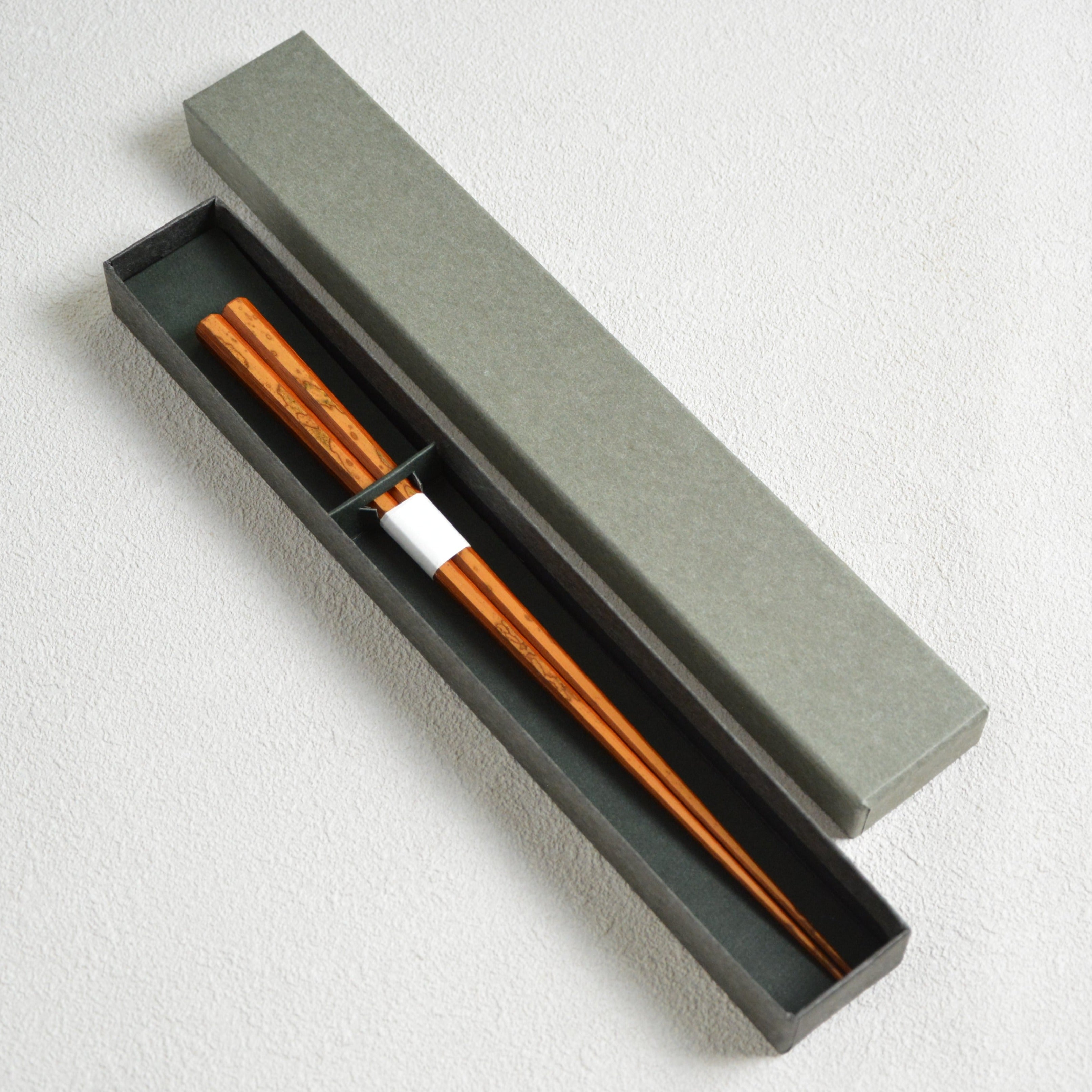
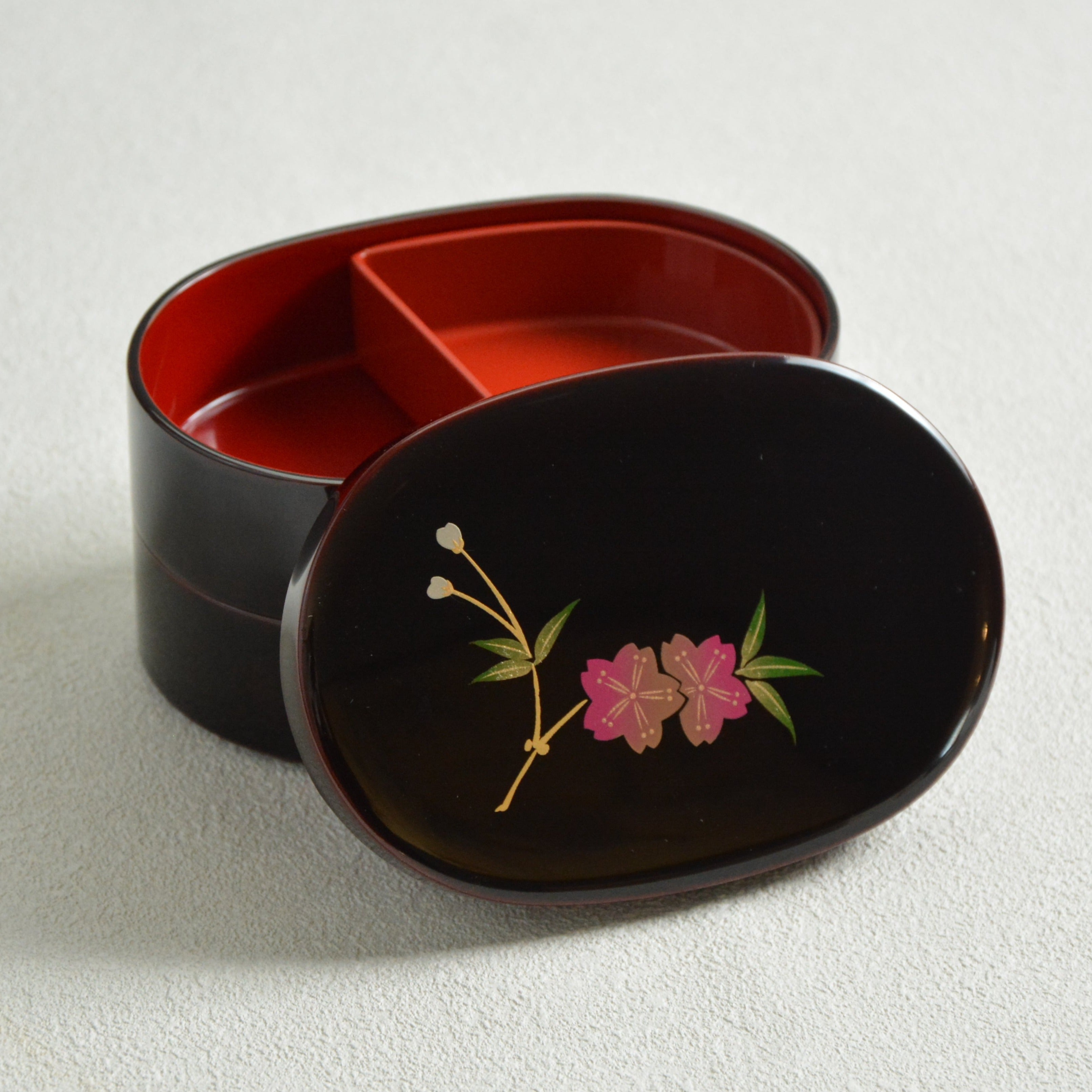
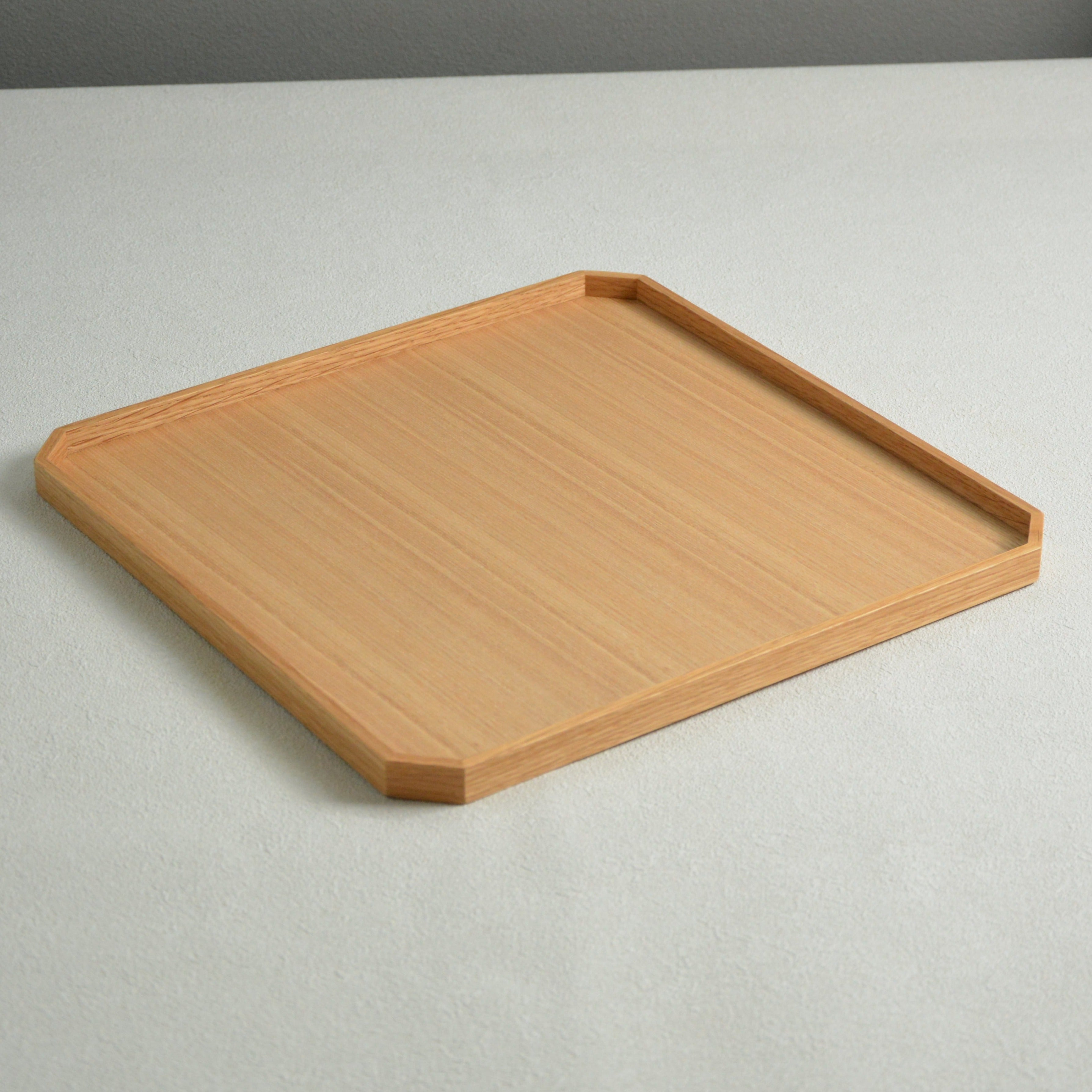
Leave a comment